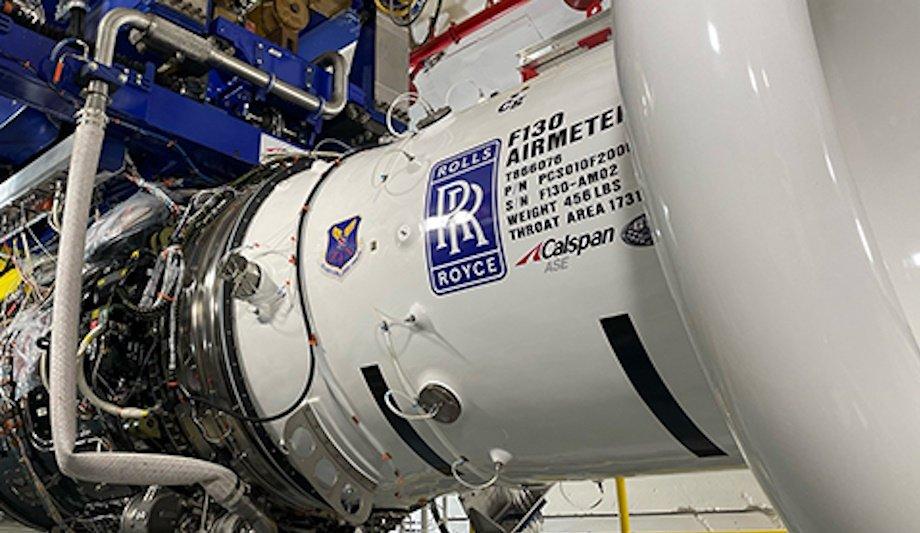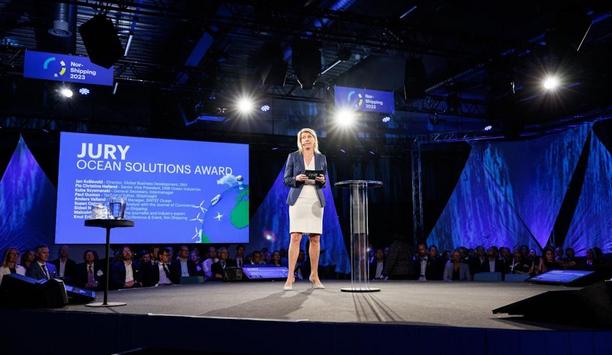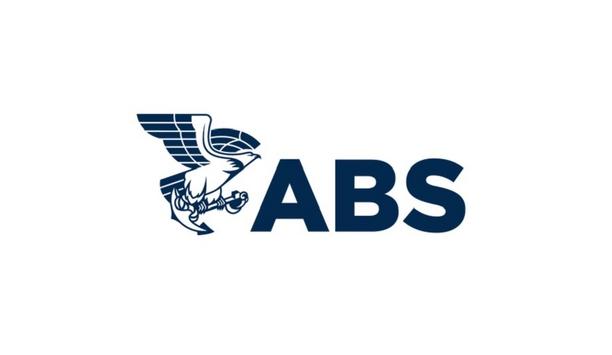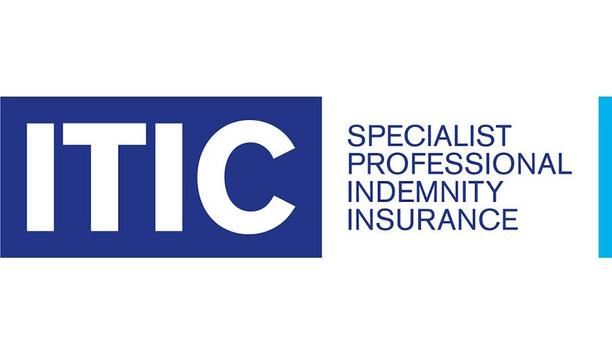Rolls-Royce held a successful F130 engine Critical Design Review (CDR), clearing the way for final development, test, and production efforts to proceed and taking another step towards delivering the upgraded B-52J to the United States Air Force.
This milestone is the culmination of over two years of detailed design work and close collaboration between teams at Rolls-Royce, the Air Force and Boeing. The engine testing program is on track to begin altitude testing in February 2025 at the U.S. Air Force Arnold Engineering Development Complex in Tullahoma, Tennessee.
Partnership with the U.S. Air Force and Boeing
Candice Bineyard, Director, Early Life Cycle & Naval Programs – Defense, said: "We’re extremely proud to have delivered the F130 CDR milestone on-time for the B-52J, and grateful for our continued partnership with the U.S. Air Force and Boeing."
Candice Bineyard adds, "Throughout the detailed design phase, our teams have executed a rigorous process in close collaboration with our partners. We’re excited to start the production work to deliver this incredible and highly reliable engine for the B-52J."
Rolls-Royce’s Indianapolis facilities
Sea-level testing gathered vital act data by driving the initial software out for the engine in Test Cell 114
Rolls-Royce also recently completed the first phases of F130 sea-level tests in its Indianapolis facilities and wrapped up Rapid Twin Pod Tests at NASA Stennis Space Centre this summer.
Sea-level testing gathered critical performance data by running the initial software release for the engine in Test Cell 114. The test cell was recently revamped as part of a $1 billion investment in modernising Rolls-Royce’s Indianapolis facilities to deliver innovation and advanced manufacturing for the Air Force and other customers with American labour.
Integration of the F130 engine
The F130 engines will be manufactured, assembled and tested in Indianapolis, Rolls-Royce’s largest production facility in the U.S.
Testing at NASA Stennis marked the first time F130 engines were tested in the dual-pod engine configuration of the B-52 aircraft. Rapid Twin Pod Tests played a key role in validating Rolls-Royce’s analytical predictions, further de-risking the integration of the F130 engine onto the B-52J and meeting test goals.










